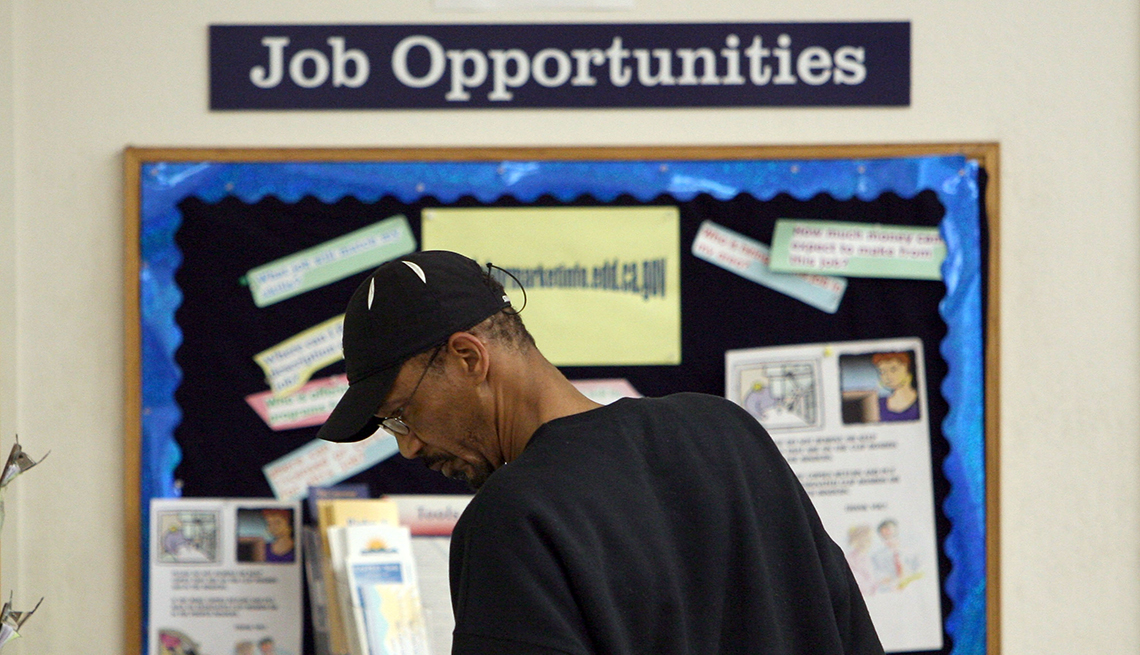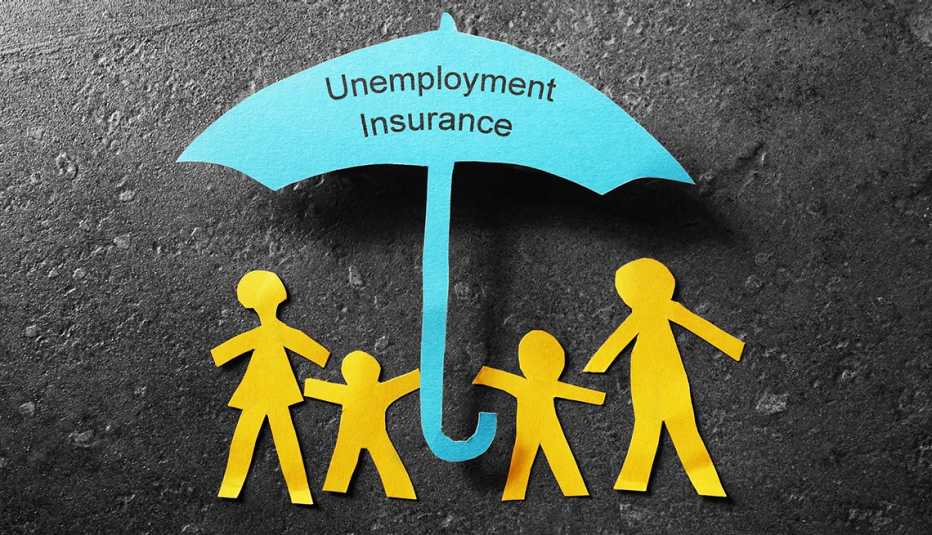AARP Hearing Center
The unemployment rate for adults age 55 and older dropped to 5.4 percent in October, suggesting that the nation's economic recovery slowly continues, according to data the U.S. Bureau of Labor Statistics (BLS) released Friday. But older workers still face significant challenges finding jobs during the coronavirus pandemic, especially as the ranks of the long-term unemployed continue to grow, experts say.
In September the unemployment rate for this age group was 6.7 percent, which means their jobless rate has steadily declined from historic highs earlier this year, when businesses temporarily shut down to deter the spread of the novel coronavirus. After employers added 638,000 jobs during October, the nation's overall jobless rate was 6.9 percent for the month, down from 7.9 percent in September.
The decrease in the unemployment numbers is a sign of encouragement for people who are looking for work, but that statistic by itself may not paint a full picture of whether jobs are really returning. For example, the pandemic has already lasted so long that people who lost their positions earlier this year are moving into a group the BLS calls long-term unemployed, meaning they have been out of work for 27 weeks or more. And that group grew by 1.2 million in October — to a total of 3.6 million nationwide.
That number is particularly significant for older adults, who have faced longer periods of unemployment during previous economic slowdowns.
2020 Jobless Rates for Older Workers
The unemployment rate for people 55 and older during the pandemic peaked at 13.6 percent in April and has dropped steadily since then.
- October: 5.4 percent
- September: 6.7 percent
- August: 7.7 percent
- July: 8.8 percent
- June: 9.7 percent
- May: 11.8 percent
- April: 13.6 percent
- March: 3.3 percent
- February: 2.6 percent
- January: 2.6 percent
"It seems like we are transitioning from a pandemic recession to a typical recession,” says Siavash Radpour, associate research director for the Retirement Equity Lab at the New School's Schwartz Center for Economic Policy Analysis. “I expect a much slower recovery and long-term unemployment, especially for older workers, who have a more difficult time finding new jobs. Our numbers show that older workers are still more likely to lose their jobs compared to midcareer workers."
According to a recent analysis from the Retirement Equity Lab, for the first time in 50 years, older workers lost jobs at a higher rate than people a few years younger. During the first six months of the COVID-19 crisis, workers 55 and older were 17 percent more likely to be laid off than employees between the ages of 35 and 54. If the job-loss rate for older Americans had simply matched that of their slightly younger peers, roughly 1 million older adults would have kept their positions this year.

































































